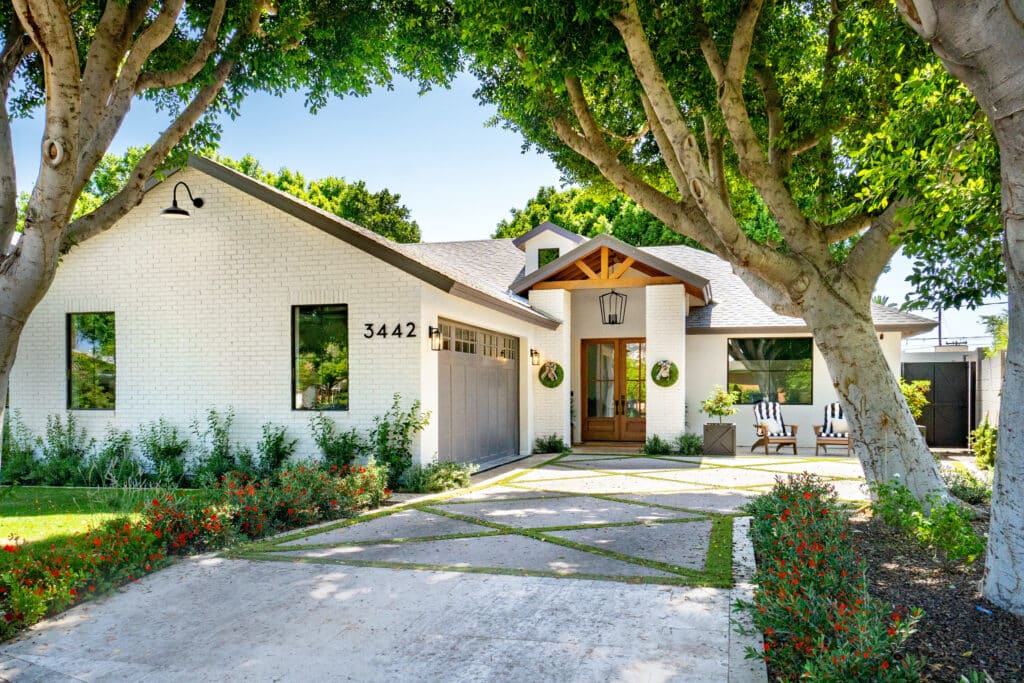Home equity is the portion of your home’s value that you own outright. You might be able to borrow against it — giving you the cash you need to pay for major expenses such as home improvements, debt consolidation, tuition bills or emergencies.
If you’re curious about how much equity you have, here’s the quick back-of-the-napkin math: subtract your home’s current assessed value from your outstanding mortgage balance.
A home equity loan and cash-out refinance will allow you to borrow a portion of that home equity as a lump sum. That differs from a HELOC, which works more like a credit card.
The best choice for you depends on your financial goals, long-term plans and overall financial wellbeing. Consider consulting a financial adviser or mortgage professional when making your decision.
Here are three options for tapping your home’s equity.
Home Equity Loans
With a home equity loan, lenders give homeowners a one-time installment loan that they can pay over a set time at a fixed interest rate. Home equity loan terms can last as long as 30 years and the money can be used for most any expense. Because these loans are secured by the value of your home, they typically feature lower interest rates than a credit card or personal loan.
But there’s a downside: If you fail to make your payments, you could lose your home to foreclosure.
Like a traditional mortgage, you may face closing costs as well, which can add to the overall expense of your loan.
Home Equity Lines of Credit (HELOCs)
A HELOC is a revolving line of credit that gives you cash as needed, up to a predetermined limit. Like a home equity loan, a HELOC is secured by your home, however it also gives you the flexibility to tap the value of your home gradually instead of all at once.
You can take out money during the draw period, typically up to 10 years. That’s followed by a repayment period, generally up to 20 years. Some of the top home equity loan lenders wait until then to collect the principal borrowed, while others allow you to pay a portion of the principal along with interest during the draw period. Your principal refer to the dollar amount you spent, with your total cost being principal plus interest.
Flexibility is a significant benefit of a HELOC. Borrow what you need, repay it with interest, and the credit limit becomes available again, making it convenient for ongoing or unpredictable expenses.
However, you generally pay back a HELOC at variable interest rates tied to current market conditions, which might fluctuate over time and lead to unpredictable payments and potentially higher borrowing costs. Another downside of HELOCs is the temptation to overspend. With any line of credit, payments may seem far away, without consideration of the total interest charges and your ability to repay them. And if you fail to make your payments, you could lose your home to foreclosure.
Cash-Out Refinances
A cash-out refinance is a new and larger mortgage that replaces your current one, leaving you with the difference in cash. The money is usually paid as a lump sum.
Once you apply and get approved, the new loan pays off the existing mortgage and leaves you the difference to make home improvements or pay off other debt. You’ll then make monthly mortgage payments on the new, larger loan.
A larger mortgage might increase your overall mortgage debt and extend the time it takes to pay off your home. It’s possible to offset these downsides with a lower interest rate on your new mortgage — keep an eye on the latest mortgage rates — but closing costs will add to the expense of the transaction, as well. The average borrower paid close to $6,000 in closing costs in 2022, according to the most recent data from the Consumer Financial Protection Bureau. Finally, if you fail to make your payments, you could lose your home to foreclosure.
Read the full article here
